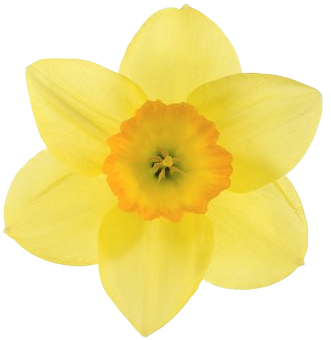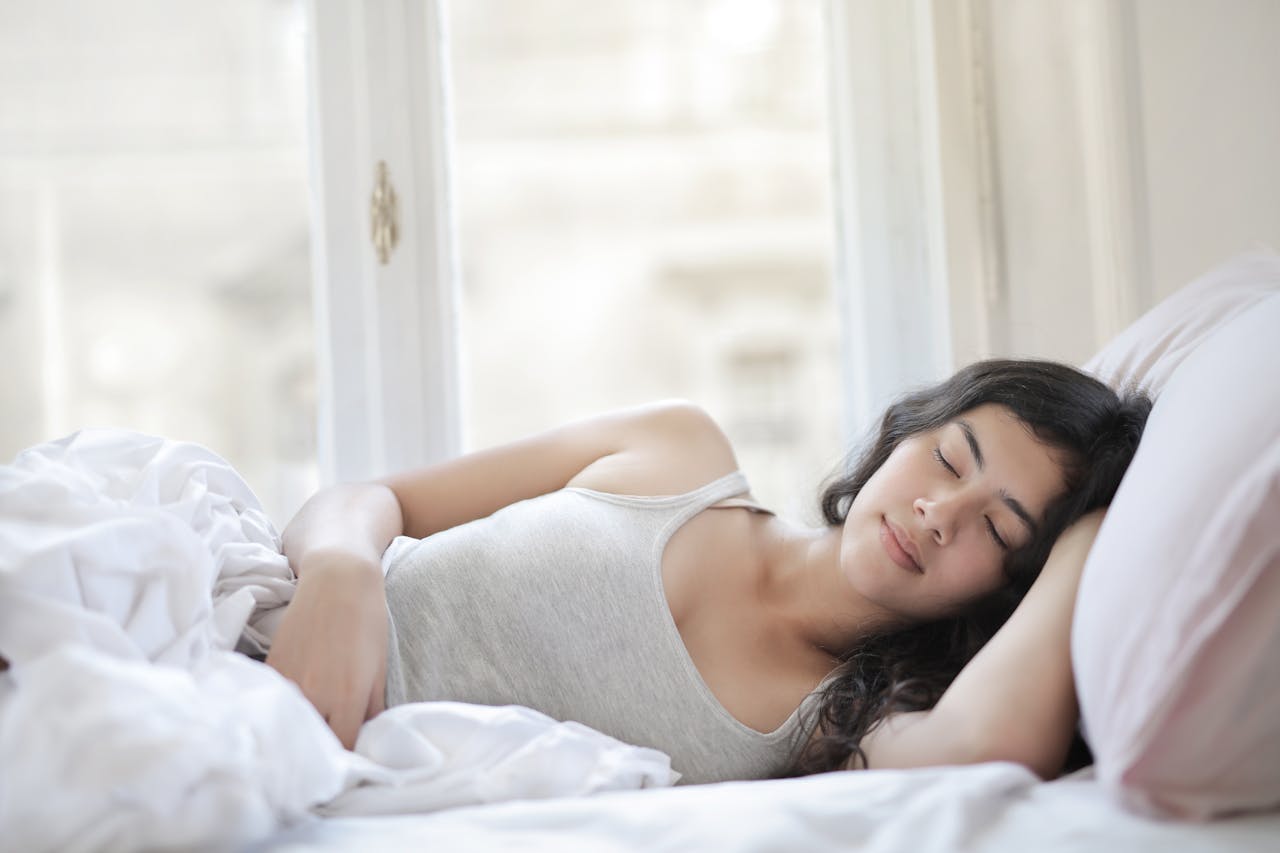A Guide to Better Sleep Hygiene: What Color Led Lights Help You Sleep?
Staring at the harsh glare of an overhead light before bed can feel like trying to fall asleep under a spotlight. Our bodies are naturally wired to respond to light and darkness, and the wrong kind of light exposure at night can disrupt our sleep cycle.
But did you know that the color of the light you use can significantly impact your sleep quality? Here’s a guide to choosing the best LED light colors to lull you into a peaceful slumber.
Darkness Reigns Supreme
Let’s start with the most basic principle: darkness is best for sleep. When our eyes are exposed to darkness, our bodies produce melatonin, the hormone that regulates sleep-wake cycles.
So, if you’re truly serious about sleep optimization, aim for a completely dark bedroom environment. Invest in blackout curtains, eliminate light leaks from electronics, and create a sleep haven bathed in tranquility.
Nighttime Blues: Not Your Friend
We’re bombarded with blue light throughout the day, from electronic devices like smartphones and laptops to fluorescent lights. Blue light suppresses melatonin production and signals alertness to our brains.
Avoid exposure to bright blue light, especially in the hour or two leading up to bedtime. Consider dimming the lights in your house, switching to devices with night-time modes that reduce blue light emission, or using blue light blocking glasses.
Enter the Warm Glow: Colors that Promote Sleep
While complete darkness is ideal, there are situations where some light might be necessary. If you need a gentle light to navigate your bedroom at night, opt for warm LED colors that minimize melatonin suppression. Here are some top contenders:
- Red: Research suggests that red light has the least disruptive effect on melatonin production. A soft, reddish glow can help you wind down and prepare for sleep without significantly impacting your sleep cycle. Think of a dimmed nightlight with a cherry red hue.
- Orange & Amber: Similar to red, warm orange and amber hues create a calming atmosphere that promotes relaxation and sleepiness. Imagine the soft glow of a fireplace or the warm light of a fall sunset. These colors evoke feelings of coziness and safety, ideal for preparing for sleep.
Calming Colors: Beyond the Basics
While red, orange, and amber are well-supported choices, some people find success with other calming colors:
- Dim Green: A muted green can have a tranquil effect, promoting feelings of peace and serenity. Think of the soft glow emanating from a dense forest at twilight. Avoid bright, lime greens, which can be too stimulating.
- Dim Soft Blue: Believe it or not, some research suggests very dim blue light might actually promote relaxation. However, it’s important to emphasize that the light needs to be very dim – much dimmer than the blue light emitted by electronic devices. Imagine the faint, calming moonlight filtering through your window on a clear night.
Finding the Perfect Fit
Ultimately, the best LED light color for sleep is the one that works best for you. Experiment with different colors and brightness levels to see what creates the most calming and sleep-conducive environment for you.
Pay attention to how your body responds to each color. Some people might find red too stimulating, while others might find green too bland. There’s no one-size-fits-all answer, so listen to your body and find your sleep sanctuary color.
FAQs
-
Is purple light good for sleep?
There isn’t enough conclusive research to definitively say whether purple light is particularly beneficial for sleep. While some studies suggest it might have some calming effects, more research is needed.
It’s generally recommended to stick to the warmer color spectrum (reds, oranges, ambers) for optimal sleep promotion. These colors have a longer wavelength and suppress melatonin production less than cooler colors like blue and purple.
-
Does blue LED light help you sleep?
No, blue LED light is actually quite disruptive to sleep. Blue light suppresses melatonin production and signals wakefulness to the brain. Avoid exposure to bright blue light, especially in the evening hours before bed.
The harsh blue light emitted by electronic devices can trick your body into thinking it’s daytime, making it harder to fall asleep and stay asleep. If you must use electronic devices before bed, consider using night mode settings that reduce blue light emission or wear blue light blocking glasses.
Wrapping Up the Discussion:
A good night’s sleep isn’t a luxury, it’s a necessity. By harnessing the power of sleep-friendly LED lights and embracing a holistic approach to sleep hygiene, you’re not just creating a sleep sanctuary, you’re investing in your overall health and well-being.
Imagine waking up feeling refreshed, energized, and ready to tackle the day. Prioritizing sleep can boost your mood, sharpen your focus, strengthen your immune system, and even enhance your creativity. It’s the foundation for a healthy body and a sharper mind.
So, make sleep a priority. Ditch the harsh blue light, embrace the warm glow of relaxation, and create a sleep haven that fosters deep, restorative sleep. Remember, sweet dreams tonight translate into a healthier, happier you tomorrow.






